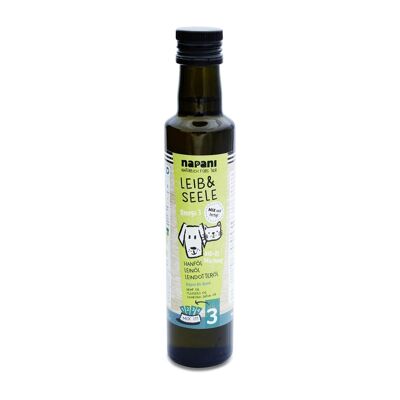

Marine phytoplankton powder for dogs & cats, 150g
Marine phytoplankton - the vegan omega 3 source What is phytoplankton? Phytoplankton are tiny, microscopic plants - the origin of the ocean food chain, so to speak. All life depends on it. It is one of the most valuable food sources on earth. It is not the fish themselves that produce the omega-3 fatty acids, but rather the phytoplankton that the fish ingest with their food. The phytoplankton have a high content of polyunsaturated fatty acids from the omega-3 fatty acid series. Both omega-6 fatty acids and omega-3 fatty acids must be supplied from the outside (essential), since the body cannot "manufacture" them itself. Although the dog can metabolize the vegetable omega-3 precursor alpha-linolenic acid (ALA) (e.g. linseed oil) for energy production and convert it into EPA (and this in turn into DHA), this amount is quite small (approx. 2 - 5% ). These biologically most active fatty acids EPA (eicosapentaenoic acid) and DHA (docosahexaenoic acid) are not found in our dog's usual diet. Today too much omega-6 is given in dog food - in meat, dry food, dairy products and some vegetable oils, such as sunflower and safflower oil. And because omega-6 and omega-3 compete for the same enzyme system, an imbalance can result in the few omega-3 fatty acids being crowded out unused. One consequence of this is that more arachidonic acid (from omega-6) is formed, which can promote or possibly even cause inflammation and allergies. A sufficient omega-3 supply with EPA can represent an anti-inflammatory counterpoint to the omega-6 fatty acids. Essential for barfing! It is crucial for the health of our dog, in what ratio we give him the polyunsaturated fatty acids through the feed. Many dog owners therefore use fish oil to compensate for or prevent an omega-6 oversupply. But beware! The fish are creatures that consume the phytoplankton as food. And humans kill and process fish contaminated with radioactive radiation and pollutants (e.g. pesticides, hormones, drug residues and plasticizers) in order to obtain omega-3. In addition, the toxins (heavy metals such as mercury, arsenic and lead) absorbed by the fish from the sea, which are stored in the fatty tissue of the fish, are also absorbed by the dog via the oil. Fish oil is a by-product of the global fish industry - often from uncontrolled Asian factories with poor quality standards - and goes through many different preparation processes to create a edible product from fish offal. When fish oil/omega-3 oil oxidizes, i.e. reacts with oxygen from the air, so-called lipid peroxides are formed, as well as harmful aldehydes and ketones. These oxidation by-products are responsible for the unpleasant, rancid odor. There is scientific evidence that lipid peroxidation can lead to DNA damage. Not to be forgotten is the already problematic overfishing of the seas and the resulting increasing dead zones in our oceans. Our phytoplankton powder is a high-quality single feed. It contains the essential omega-3 fatty acid EPA (eicosapentaenoic acid), trace elements, chlorophyll, essential amino acids, protein, carotenoids, antioxidants, amino acids and vitamins. Phytoplankton is a sustainable and purely vegetable alternative to fish or fish oil, which also has a higher bioavailability. Just some of the areas where phytoplankton (Omega -3) can be used For support - the immune system - the brain function - skin health - mobility and joint health - the body's own cell function - in inflammatory processes - the gastrointestinal tract - with increased energy requirements - the natural heart function - under stress - as an omega 6 balance for BARF The polyunsaturated omega-3 fatty acid EPA is present in the phytoplankton in its original, natural form (phospholipid) and is therefore more bioavailable. This allows the body to absorb the valuable fatty acids better and more efficiently. Where does the phytoplankton come from? We get our phytoplankton from the Netherlands. There they are raised in aquaculture in a pristine location on the shore of the Markermeer. The phytoplankton grow there sustainably on pristine, filtered seawater (130,000 year old Pleistocene) that is free of impurities and heavy metals. The seawater is extracted from deep below the surface. For health problems and symptoms, contact your veterinarian or animal health practitioner.
napani store also offers

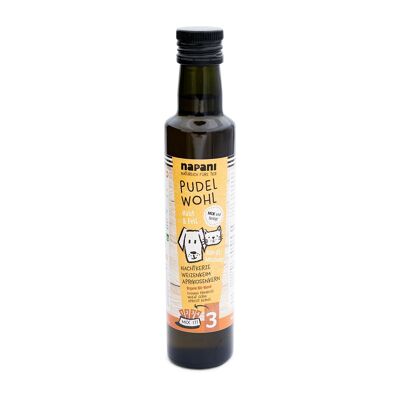
Organic Vital Oil Mixture Poodle Wellbeing for Dogs & Cats 250ml
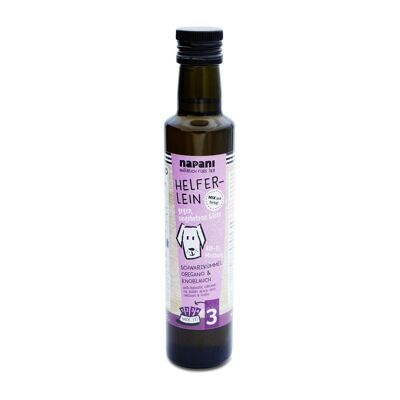
Organic vital oil mixture Helferlein for dogs 250ml
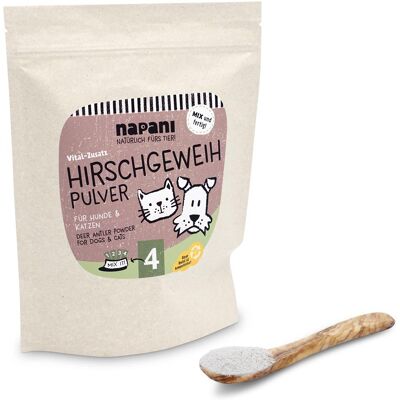
Deer antler powder for dogs & cats, 350g
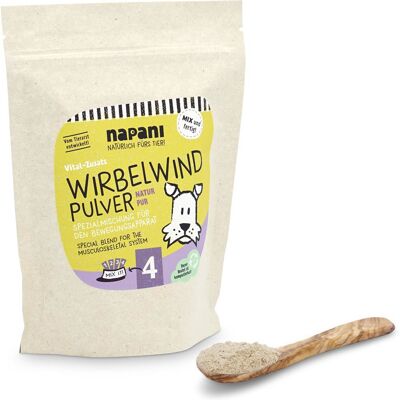
Whirlwind powder, feed supplement for dogs
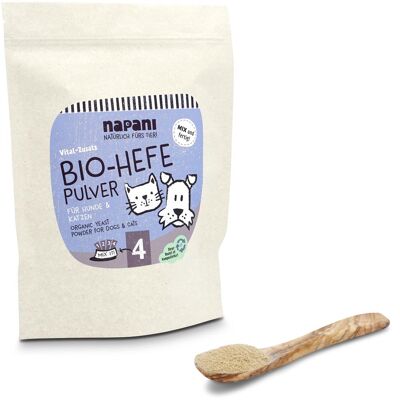
Organic yeast powder for dogs & cats, 400g
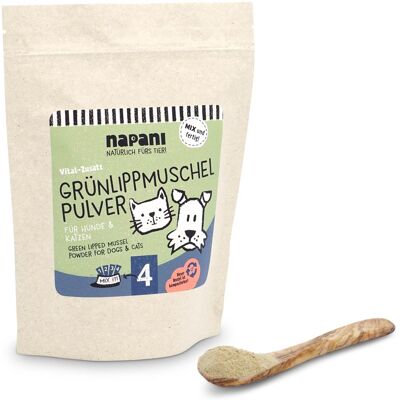
Green lipped mussel powder for dogs & cats, 150g
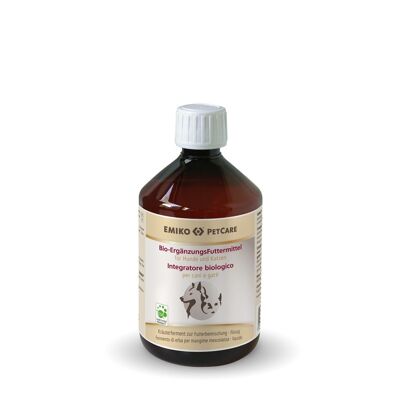
EMIKO® EM organic feed supplement, 500ml

EMIKO® EM Bio Bokashi, 500g
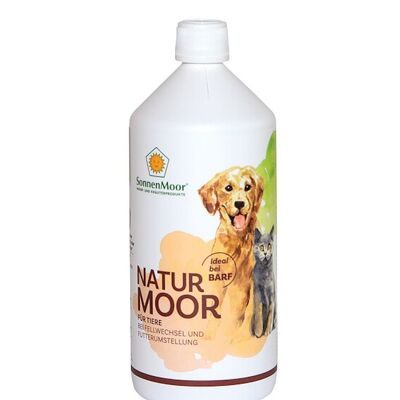
Natural moor for pets 1000ml

Natural moor for pets 500ml
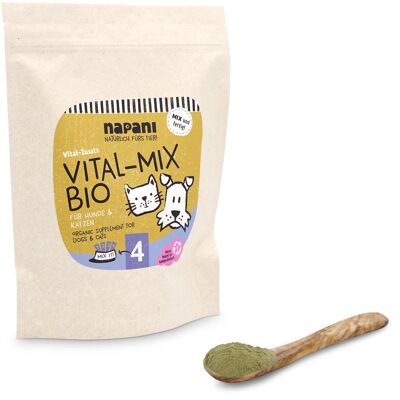
Vitalmix bio, supplementary feed for dogs & cats, 350g
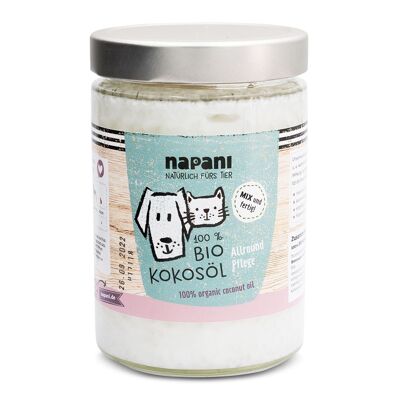
Organic vital coconut oil for dogs & cats, 500ml

Organic Vital Oil Mixture Poodle Wellbeing for Dogs & Cats 100ml
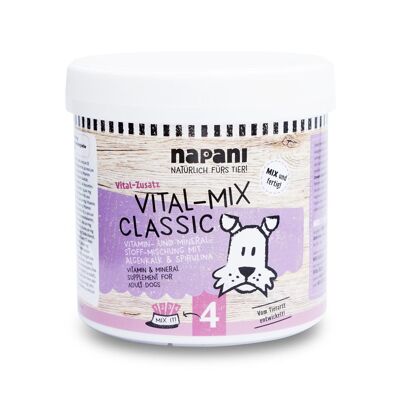
Vitalmix classic, vitamin -u. Mineral mixture for dogs, 500g
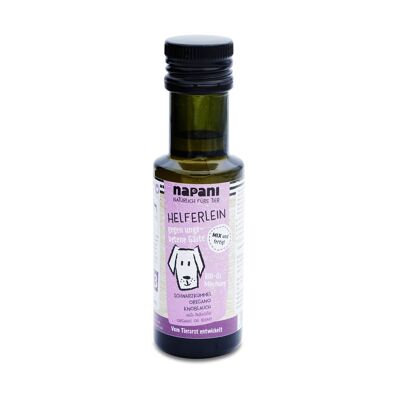
Organic vital oil mixture Helferlein for dogs 100ml
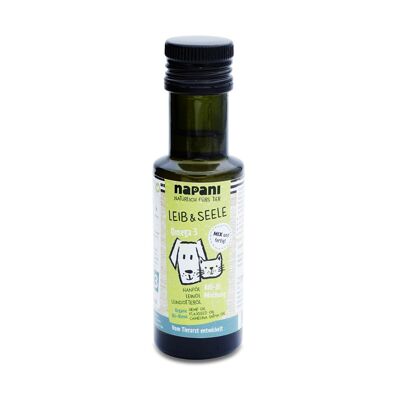
Organic vital oil mixture body & soul for dogs & cats 100ml
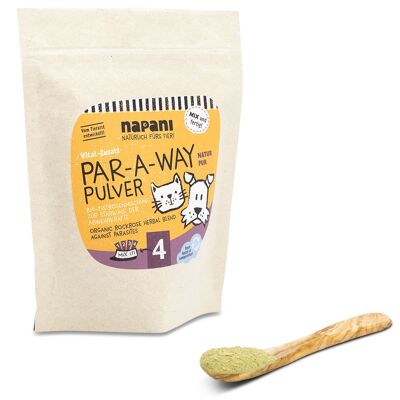
Par-A-Way organic rockrose mix for dogs & cats, 250g
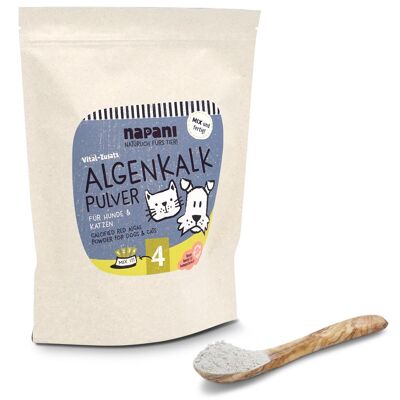
Algae lime powder for dogs & cats, 500g

Organic herb mix "Guardian Angel" for dogs, 100g
Products you may like

Dried spirulina algae - Natural supplement for dogs and cats

Salmon Oil for Dogs & Cats - 100ML & 250ML
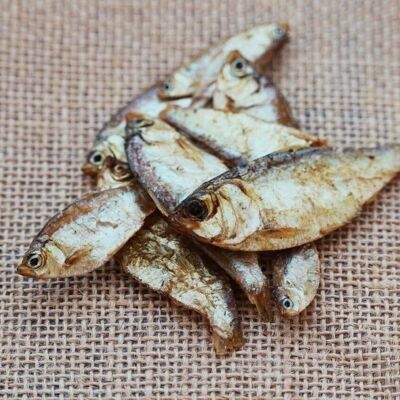
Fish – 250g for dogs
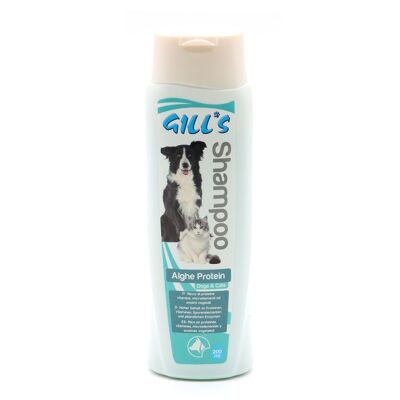
Dog shampoo - Gill's Algae Protein
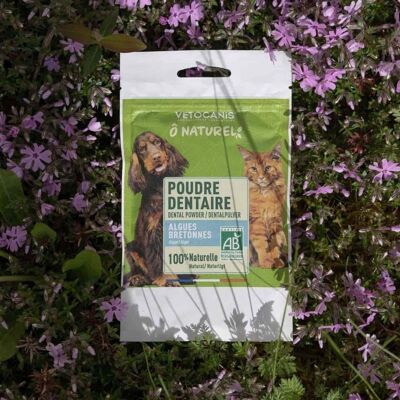
Organic Dental Powder for Dogs and Cats - Bad breath and tartar - 100g

Herring snack – 250g for dogs
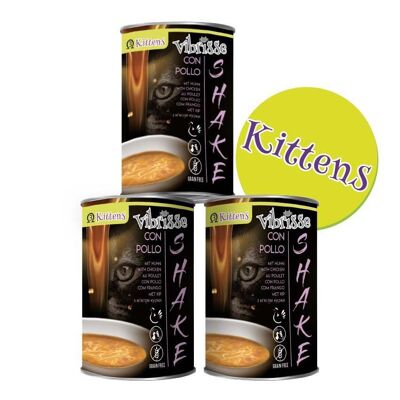
Wet food for puppy cats - Vibrisse Shake Kitten 135g
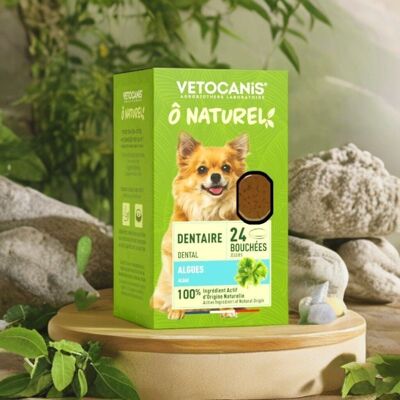
Dental Algae Dog Treats - 24 bites - 120g
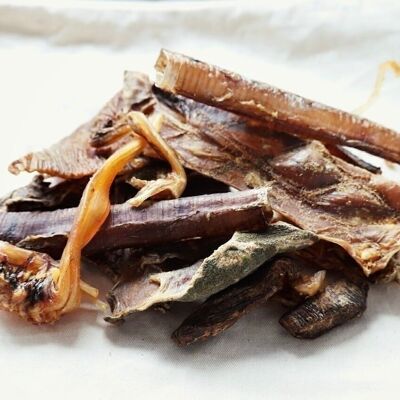
Ostrich mix – 250g for dogs
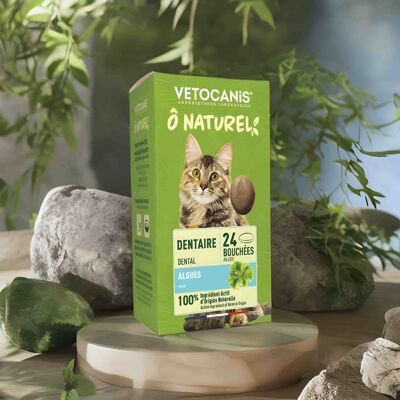
Seaweed Dental Cat Treats - 24 bites - 36g
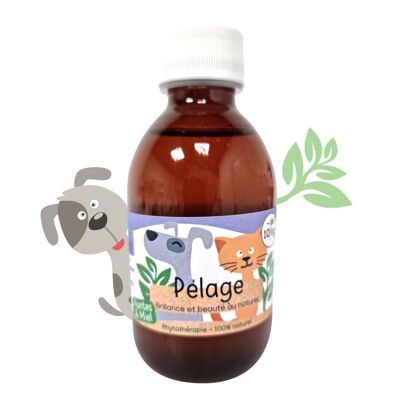
Natural Coat Syrup 200mL - Dogs and Cats under 10kg

